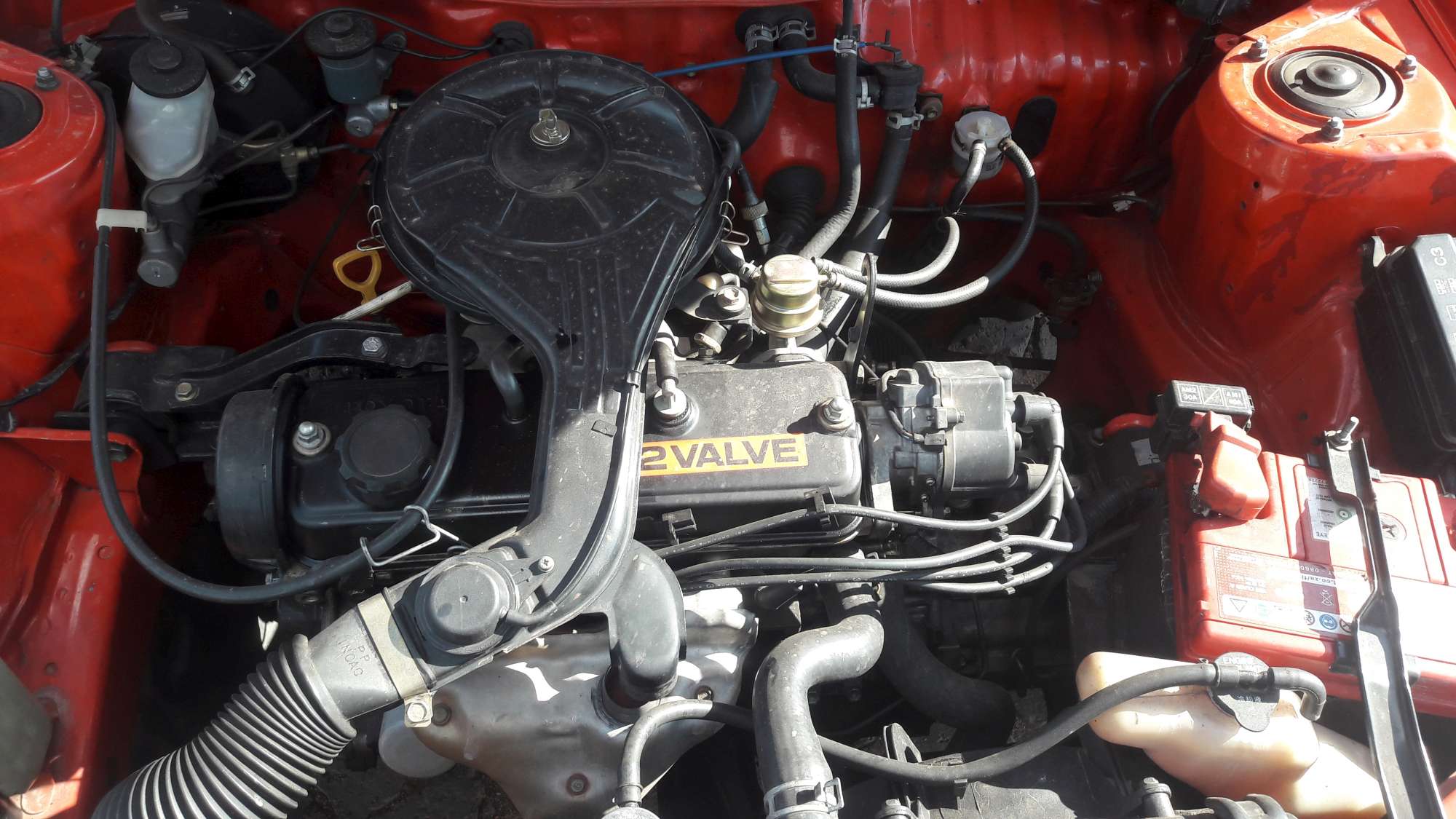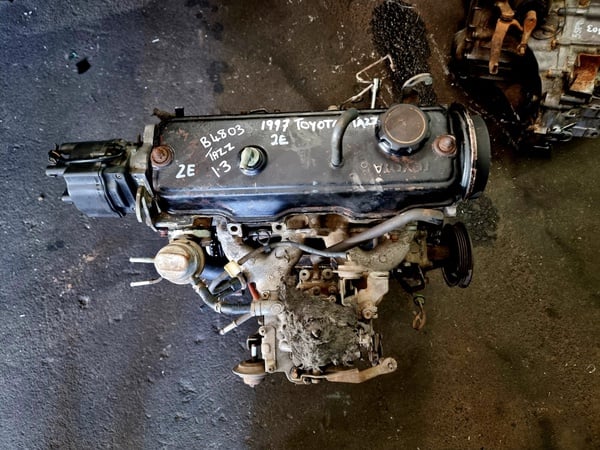Explore the most recent Patterns in Engine Modern Technology Via Tazz
In the rapidly advancing landscape of auto modern technology, Tazz stands at the leading edge, highlighting significant advancements in engine systems that focus on both advancement and sustainability. From hybrid engines that optimize gas effectiveness to the development of hydrogen fuel cells, the fads shaping modern powertrains are not just improving performance yet likewise addressing essential ecological challenges.
Crossbreed Engine Innovations
Hybrid engine innovations stand for a critical shift in vehicle technology, incorporating the benefits of inner combustion engines with electrical propulsion systems. This integration not only boosts fuel performance however also lowers discharges, meeting progressively stringent ecological regulations. By making use of both energy resources, hybrid engines can optimize performance, supplying power when needed while preserving fuel throughout much less demanding driving conditions.
Current advancements in hybrid modern technology include renovations in battery effectiveness and regenerative stopping systems. These developments enable greater power recuperation during deceleration, which can be rerouted to aid in acceleration or power accessory systems. Producers are concentrating on light-weight products and compact designs to maximize the efficiency of hybrid powertrains.
The advancement of plug-in crossbreeds has actually additionally increased the marketplace, enabling chauffeurs to charge their cars utilizing common electric outlets. This attribute often enables significant all-electric range, further decreasing dependence on conventional fuels. tazz. As the automobile industry remains to evolve, hybrid engine technologies are expected to play a vital duty in connecting the space in between conventional cars and fully electric versions, giving a transitional remedy that accommodates varied consumer needs and preferences
Breakthroughs in Electric Powertrains
The auto landscape is swiftly progressing, with electric powertrains becoming a leading pressure in lasting transportation. Advancements in electrical lorry (EV) innovation are substantially enhancing efficiency, performance, and individual experience. Trick advancements include renovations in battery chemistry, which have raised energy thickness, minimized charging times, and expanded general battery life.
Solid-state batteries, for instance, guarantee to revolutionize the marketplace by providing better safety and performance compared to typical lithium-ion cells. Innovations in regenerative braking systems are making it possible for vehicles to recuperate power during slowdown, contributing to general performance.
Along with battery modern technology, electric motor styles are coming to be more advanced. Innovations such as integrated electric motors and progressed thermal management systems are helping to enhance power distribution and reduce weight, eventually improving lorry dynamics.

Jointly, these developments highlight the commitment to shift towards cleaner, much more efficient transport remedies, placing electrical powertrains at the leading edge of automobile innovation.
The Surge of Hydrogen Gas Cells
Progressively, hydrogen fuel cells are acquiring traction as a sensible choice to standard interior combustion engines and battery electrical automobiles. This technology harnesses the chemical power kept in hydrogen, converting it right into power with an electrochemical reaction with oxygen. The key result of this process is water, making hydrogen gas cells an eco friendly alternative with no emissions at the tailpipe.

Car manufacturers are significantly spending in hydrogen gas cell innovation, recognizing its capacity for long-range applications and rapid refueling abilities that equal traditional gas. In addition, fields such as durable transport and public transportation are specifically well-suited for hydrogen fuel cells, where battery electric options might drop short as a result of weight and array limitations.
As research and investment continue to expand, hydrogen fuel cells are poised to play a significant role in the future landscape of clean transportation and power solutions.
Enhancements in Internal Burning Engines
Advancements in internal burning engine (ICE) innovation are transforming traditional automobiles to satisfy modern ecological requirements and efficiency expectations. Direct gas injection, for circumstances, enables for far better atomization of gas, leading to more total combustion and boosted power outcome.
In addition, turbocharging has gained importance, allowing smaller sized engines to deliver greater hop over to these guys performance without the weight of bigger engines - tazz. This technology not just boosts performance but additionally contributes to reduce fuel usage. Variable shutoff timing systems are likewise being improved, allowing engines to adjust to various driving problems for boosted torque and responsiveness
Additionally, using lightweight products in engine construction is ending up being standard, additional boosting fuel effectiveness by reducing general automobile weight. Engine control units (ECUs) are progressively innovative, enabling real-time modifications that maximize performance and discharges.
These improvements collectively represent a crucial shift in ICE innovation, lining up with international sustainability goals while still offering the efficiency vehicle drivers anticipate from their cars. As the market advances, these improvements remain to shape the future of conventional vehicle design.
Future Fads in Engine Efficiency
Significant developments in engine effectiveness are expected as makers focus on integrating advanced innovations to satisfy rigid environmental guidelines and straight from the source consumer needs. The go to my site shift towards electrification, hybrid systems, and alternative gas is reshaping the auto landscape, driving technologies that improve fuel economy and decrease emissions.
Among the key patterns is the execution of advanced materials and producing methods. High-strength alloys and lightweight composites add to minimized car weight, hence enhancing overall performance. Additionally, the fostering of turbocharging and variable shutoff timing innovations enables enhanced power outcome from smaller engines, better boosting fuel economy.

Conclusion
Advancements in crossbreed engine systems, electrical powertrains, and hydrogen gas cells show a commitment to decreasing discharges while improving efficiency. Renovations in inner burning engines and an emphasis on light-weight materials contribute to overall engine efficiency.
From hybrid engines that optimize fuel efficiency to the development of hydrogen fuel cells, the patterns shaping contemporary powertrains are not only improving performance however likewise attending to important ecological difficulties.Crossbreed engine advancements represent a critical shift in automobile innovation, integrating the benefits of internal burning engines with electrical propulsion systems.In addition, turbocharging has actually acquired importance, allowing smaller engines to supply greater performance without the weight of larger engines. Additionally, the fostering of turbocharging and variable shutoff timing innovations allows for improved power result from smaller sized engines, even more enhancing gas economic situation.
Renovations in interior combustion engines and an emphasis on light-weight materials add to general engine effectiveness.